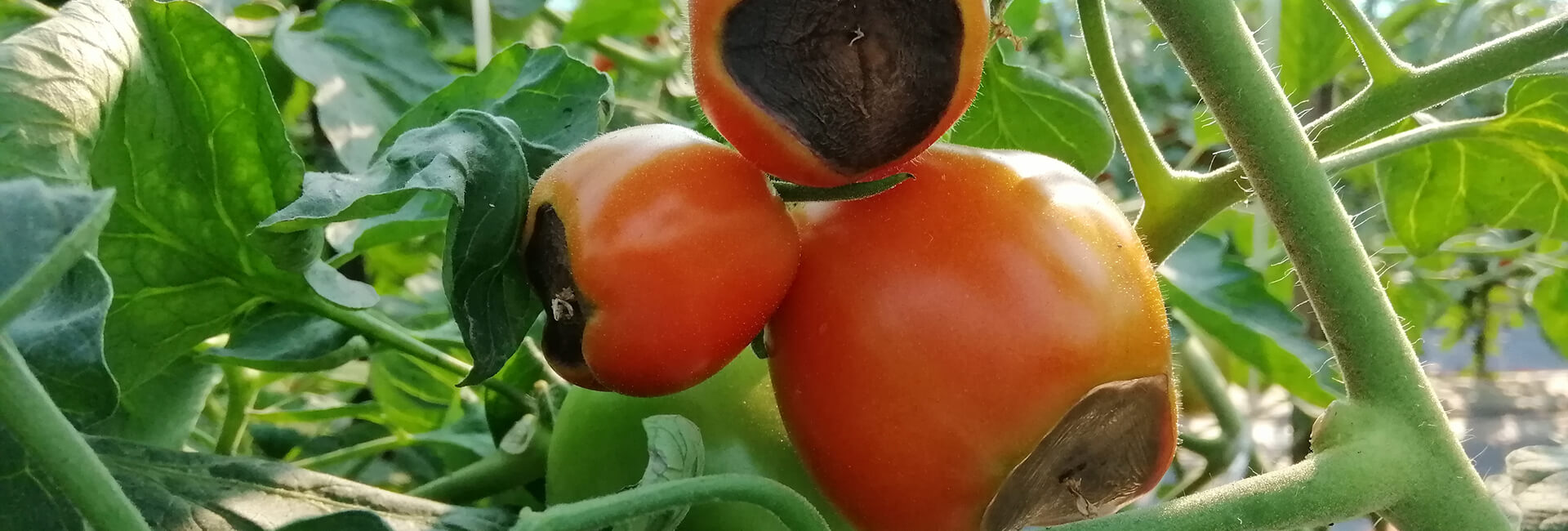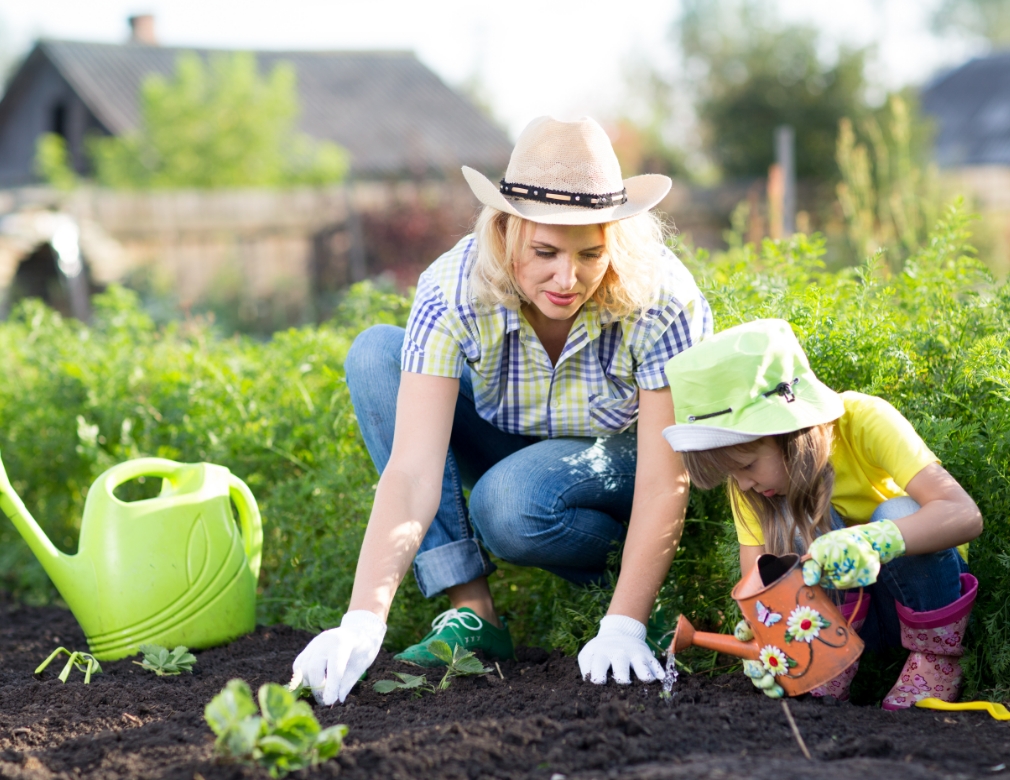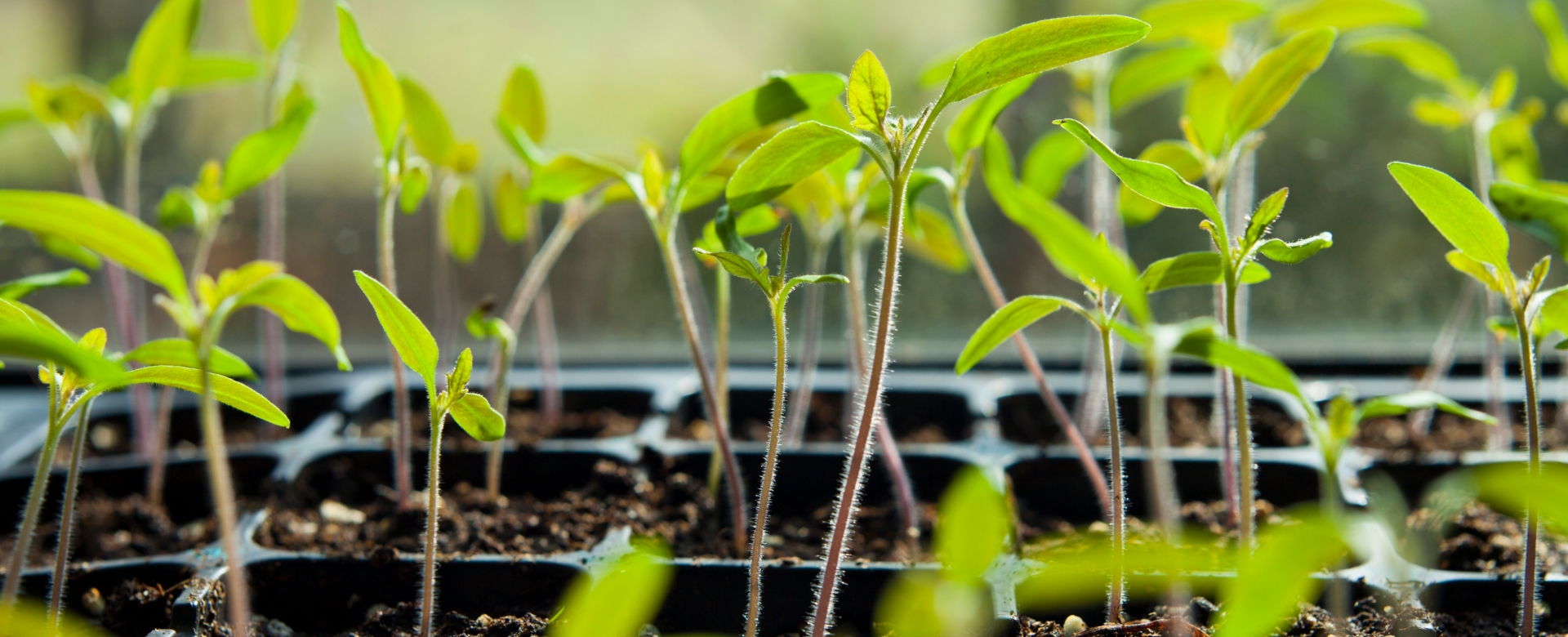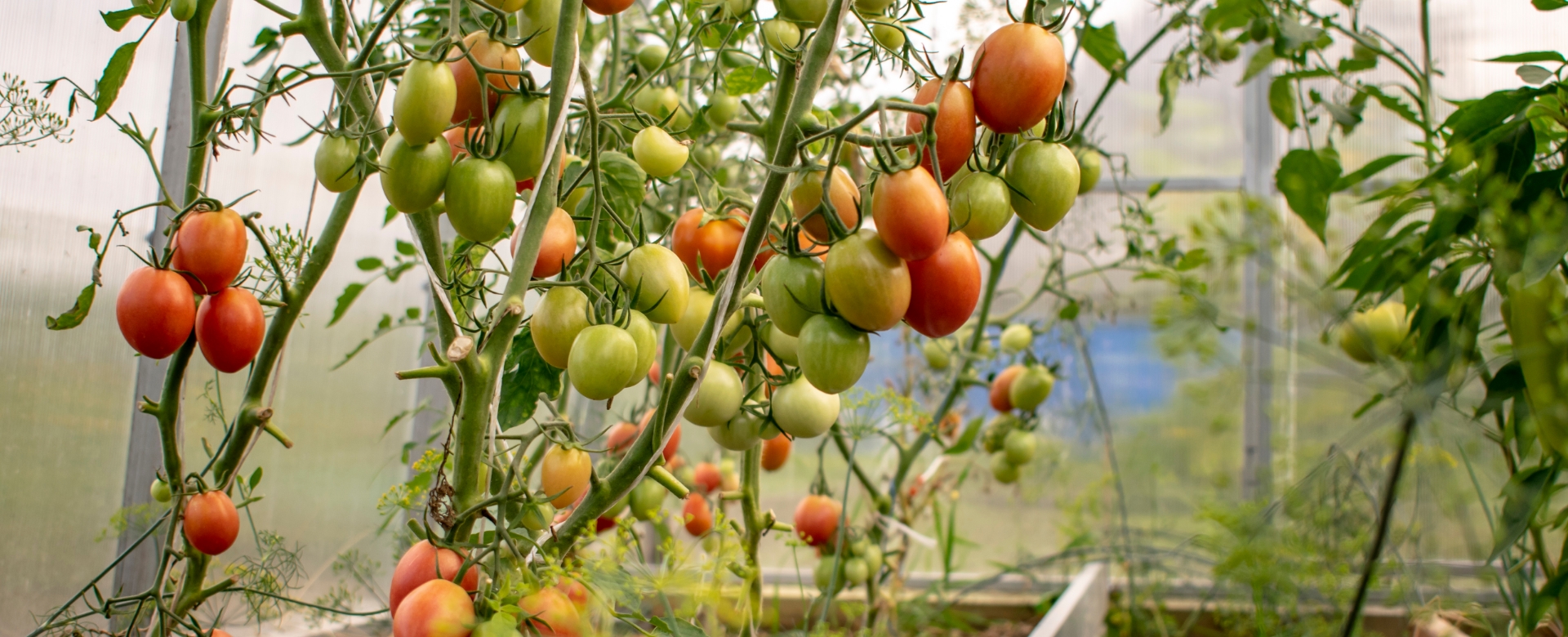It is a common predicament for gardeners to invest extensive amounts of time tending to their tomato plants, only to be met with the affliction of blossom end rot. This issue is not only vexing but also widely experienced within the gardening community.
The bottom of the tomato fruit develops a condition known as “blossom end rot” that causes it to swell, become black, and rot away. It is a typical issue brought on by the plant’s deficiency in calcium. This nutrient deficit can be caused by a variety of factors, such as fluctuations in watering, extreme temperatures, poor soil, and soil that is too acidic or alkaline. You can treat the deficiency even though you cannot undo the damage.
You can change your watering routine, add calcium to the soil, and use a balanced fertilizer as some of the things you can do to prevent and treat this issue. Your tomato plants can be kept healthy and free of blossom end rot with proper care and attention, guaranteeing a plentiful harvest of tasty, nutritious tomatoes.
Blossom End Rot: What is It?
You may be familiar with blossom end rot if you grow tomatoes. It is a typical issue that can seriously harm your tomatoes. Blossom end rot is a physiological condition that affects the fruit of tomato plants. It can be identified by a dark, sunken patch that emerges on the fruit’s blossom end.
Blossom End Rot Symptoms
A little, pale spot on the fruit’s blossom end that has been soaked with water is the first indication of bloom-end rot. The patch becomes dark brown or black and seems sunken as it spreads. It’s possible that only a small portion of the fruit is impacted. Additionally, the fruit may become misshapen or cease to grow completely.
Blossom End Rot Causes
A deficiency in calcium in the growing fruit is what causes blossom end rot. A lack of calcium can cause the cells to break down and die, which results in the recognizable dark spot. Calcium is required for healthy cell wall growth. The fruit lacks calcium for a variety of reasons. Irregular watering is one of the most typical causes. The roots cannot absorb calcium from the soil when it is excessively dry. On the other hand, if the soil is always moist, the roots might not be able to adequately absorb the calcium.
High temperatures, low humidity, and high soil nitrogen levels are other conditions that can cause blossom end rot. The availability of nutrients can also be influenced by the pH of the soil, with plants growing in highly acidic soil having trouble absorbing calcium. Finally, there’s the possibility that the soil itself lacks calcium.
It is significant to highlight that blossom end rot is neither an infectious disease nor a pest. Simply put, the plants lack the calcium molecules required to produce healthy fruit. Once the issue has been located, you can take action to resolve it and prevent it from occurring again in the future.
Prevention and Treatment of Blossom-End Rot
Even though it’s ideal to stop blossom end rot before it starts, you can still take reactive measures if you see that the bottom of your first tomatoes has sunken patches. Make every effort you can to guarantee that the plants can quickly absorb a lot of calcium. The tomatoes that develop later might not be impacted by end rot if the deficiency can be corrected quickly enough.
Keeping a Consistent Soil Moisture Level
Blossom end rot in tomato plants can be prevented in large part by maintaining constant soil moisture. This entails making sure the soil is just right—neither too dry nor too moist. The ideal condition for soil is for it to be continually moist, similar to a wrung-out sponge, but not muddy or overly wet.
While you can temporarily withhold some water while your seedlings are being hardened off, aim to maintain a more constant hydration level until the plants begin to flower. Calcium and other minerals are absorbed by the plant through the roots in a liquid solution with the soil’s water. The absence of water prevents the plant from absorbing nutrients like calcium.
To keep the soil equally moist, water your tomatoes deeply and frequently, around twice each week. During warmer weather, you might need to water your tomatoes every other day or even every day if they are on raised beds. The tomato plants may get agitated and be more susceptible to blossom end rot if the soil is totally dried up. Split mature fruits might also be a result of inconsistent watering.
Calcium Supplementation
For tomatoes, calcium is a crucial component that can guard against blossom end rot. Try incorporating calcium into your soil by using crushed eggshells. When you plant the seedling, sprinkle the calcium supplement all around it and stir it into the soil.
If you notice blossom end rot on the earliest fruits, you can also fertilize a tomato plant that is actively growing. A water-soluble formula will act quicker than a slow-release granular solution since minerals are absorbed in solution. The most popular choice is calcium nitrate fertilizer, which can be sprayed directly onto the foliage of the plant, combined into a watering can, or injected into a drip irrigation system.
Management of pH
Blossom end rot can be avoided by keeping your soil’s pH level at the ideal range. I advise performing routine soil tests and changing the pH level as necessary. For tomato plants, a pH range of 6.0 to 6.8 is optimal. You can add lime to your soil to boost the pH if it is very acidic. Add sulfur to your soil to bring down the pH if it’s overly alkaline.
Fertilizer Management
Blossom end rot can be prevented in part by using fertilizer properly. The tomatoes may develop excessively quickly and yield a greater number of leaves than fruit if there is an excess of nitrogen. Epsom salts, which include magnesium, can throw off the balance of nutrients in the soil and what the plant can absorb if you add a lot of a particular nutrient at once. Try to avoid overfertilizing as well, because it can hasten the growth of blossom end rot.
Mulching Your Plant
Mulching around your tomato plants can help maintain constant soil moisture and prevent the soil from drying up too rapidly. Try adding a layer of organic mulch around the base of the plant, such as compost, straw, or shredded leaves. This may also aid in halting the growth of weeds that would compete with tomatoes for nutrients.
Overall, adequate soil management and nutrient supplementation are necessary to prevent and treat blossom end rot in tomato plants. You may help prevent the development of blossom end rot and guarantee a healthy tomato harvest by maintaining constant soil moisture, adding calcium to the soil, regulating the pH level, applying appropriate fertilizer, and mulching around the plants.
Conclusion
With the right care and attention, blossom end rot can be avoided. To prevent changes in soil moisture and nutrient levels, it is crucial to maintain constant watering and fertilizing techniques. Your efforts at fertilizing can be directed by using a soil test kit to identify the unique requirements of your soil. Incorporating organic materials into the soil can also help prevent blossom end rot by enhancing the soil’s structure and drainage. Making sure the plants have access to enough calcium is another essential element in preventing blossom end rot. This can be done by incorporating calcium-rich soil amendments or applying a calcium foliar spray to the plant’s leaves.
Overall, by adopting proactive measures to avoid and manage blossom end rot, gardeners can enjoy robust and plentiful tomato crops. Tomato plants can flourish and produce wonderful fruit for us to enjoy with the right care and attention.
Ready to discover the endless possibilities that Homegrown Outlet has to offer? Be sure to visit one of our locations today!




